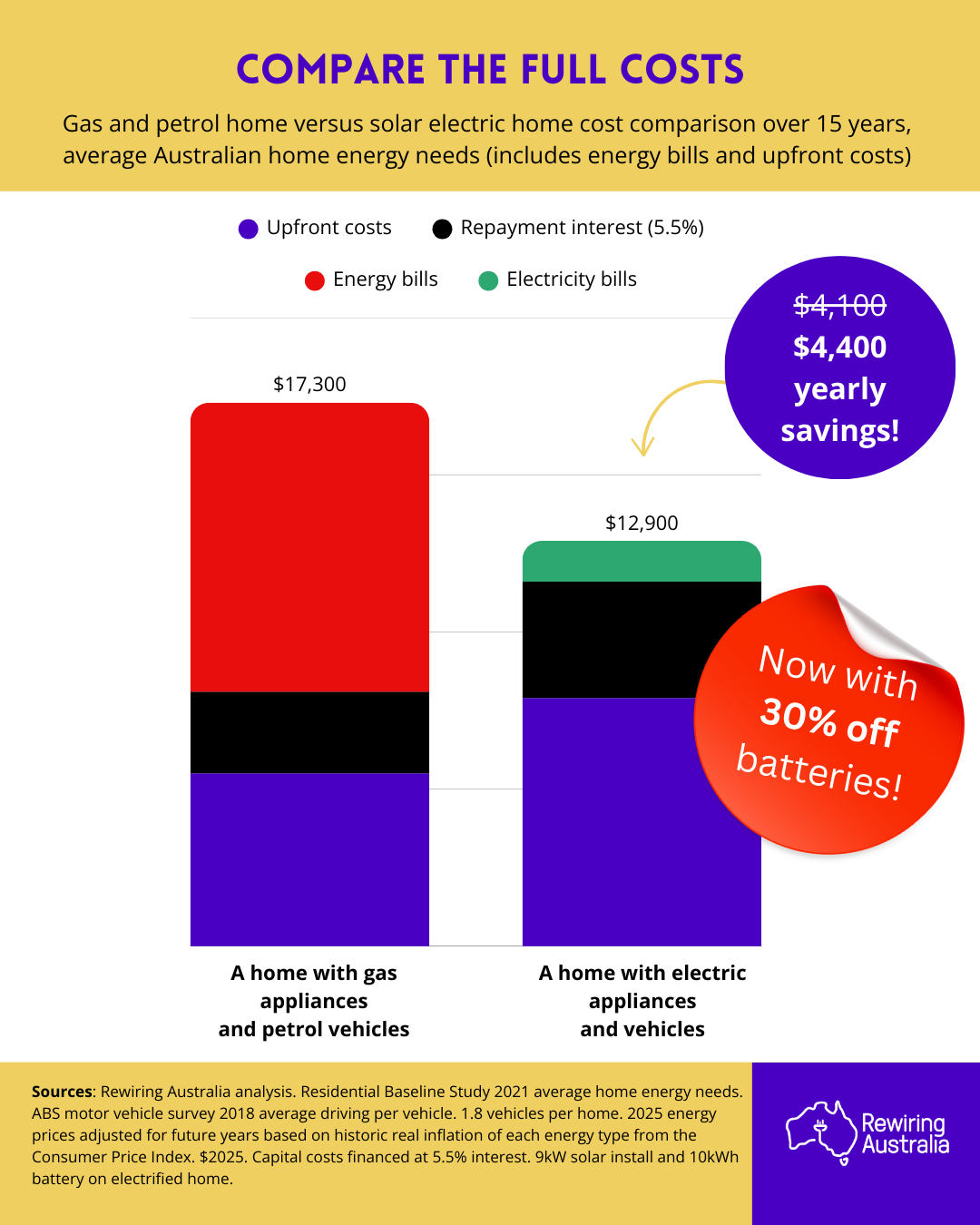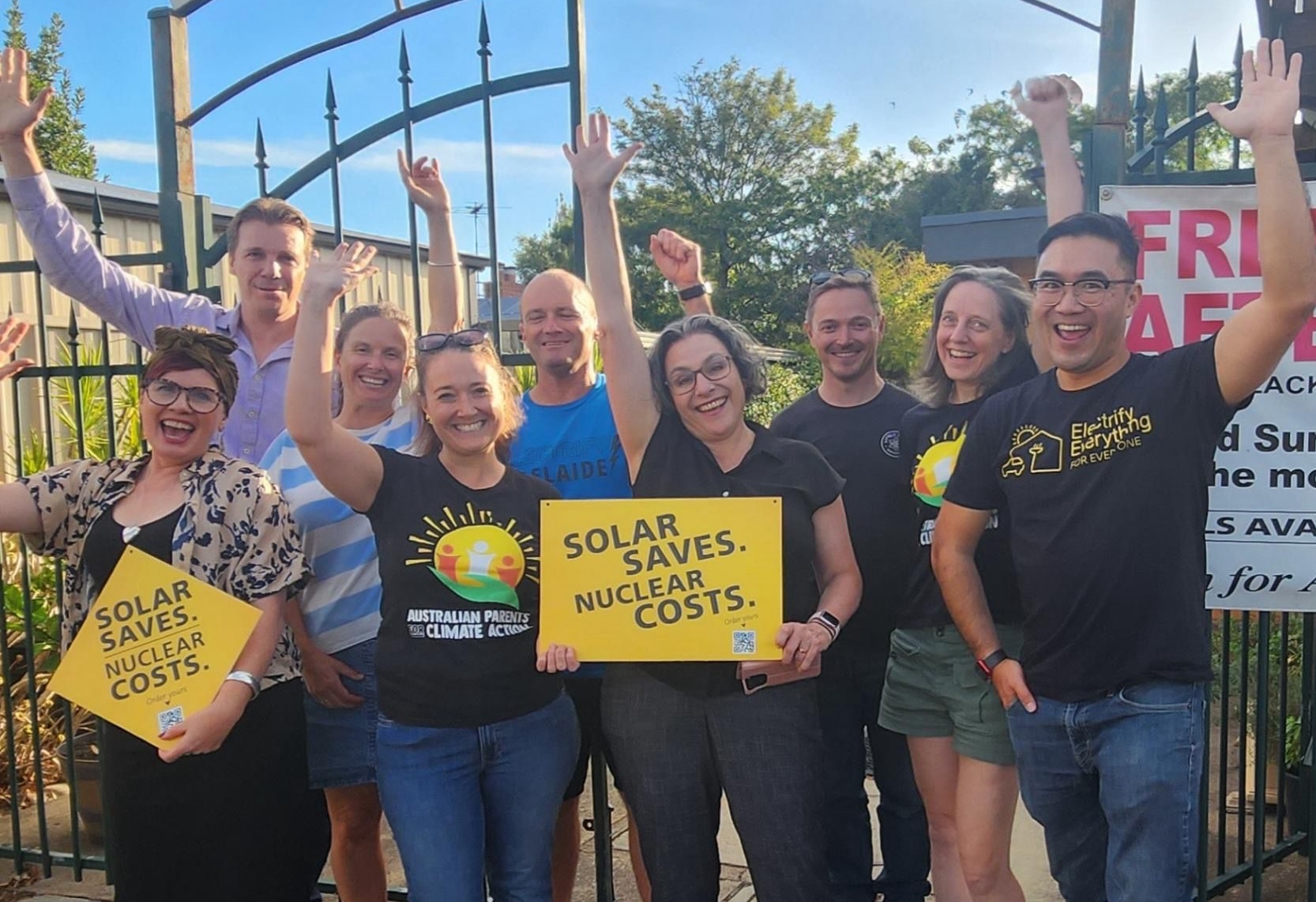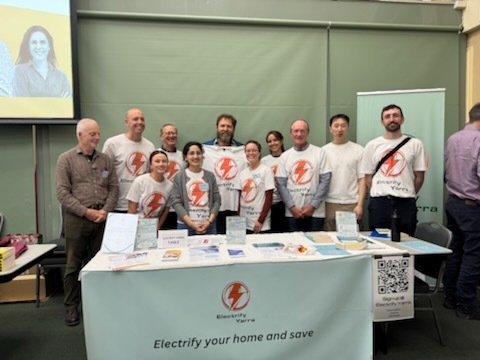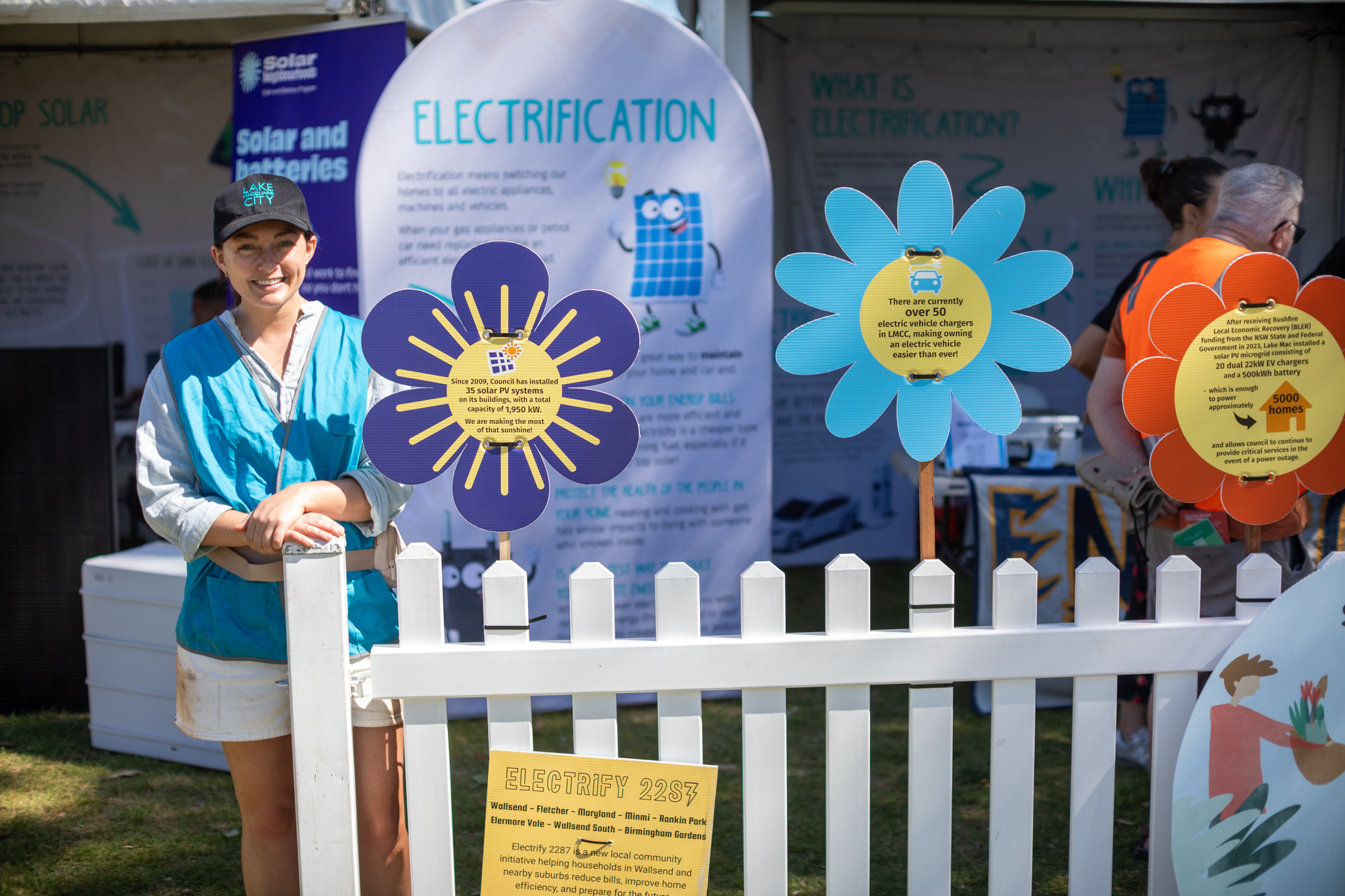Labor’s proposed policy of a 30% discount on the upfront cost of the battery adds significant additional savings to the total cost of an electrified home. Rewiring Australia’s modelling shows the average fossil fuel home would save $4400 per year - an extra $300 thanks to proposed reduced up-front battery costs.
In March 2025, Rewiring Australia published a new report showing that Australia has reached the electrification tipping point: Every time a person replaces an appliance, it makes economic sense to buy an electric one over a fossil fuel one. Electric appliances are now cheaper to own and run than the fossil fuel alternative, even when you include the cost of purchase and installation. Home batteries drive additional bill savings by storing excess solar energy to use later, reducing the need to buy energy in the evening.
Labor’s proposed policy of a 30% discount on the upfront cost of the battery adds significant additional savings to the total cost of an electrified home. Rewiring Australia’s modelling shows the average fossil fuel home would save $4400 per year - an extra $300 thanks to proposed reduced upfront battery costs - if it switches to fully electric. (Note that batteries already cut the bills by about $1000 per year in the original figure - this extra saving is on the upfront cost component, which is annualised over 15 years.)

Households can get further savings from a battery by joining a ‘Virtual Power Plant’ and providing grid support, or adopting a ‘Time of Use’ or wholesale tariff that increases the benefit of shifting cheaper daytime energy into expensive night-time energy. The potential savings from these additional options are not included in this modelling.
It will lower bills and emissions. Making batteries more affordable will slash bills for huge numbers of Australian households. The benefits will also flow on to our climate, as batteries charged-up on solar replace the need for coal power in the evening. Even better, batteries can take the pressure off everyone’s energy bills thanks to the reduction in the need for new grid infrastructure and reducing the solar energy that’s curtailed and wasted at midday.
It’s well-timed to accelerate battery sales. Similar to the solar subsidies that started about 20 years ago, we’re witnessing fast reductions in the underlying cost of batteries, and it’s the right moment to accelerate the supply chain and installation workforce for this technology. Just as we’ve seen with solar installations, a competitive and healthy industry will drive down prices for everyone and reduce the need for subsidies over time.
It’s designed in a way that will work well for the industry that has to install these batteries. In the past, new subsidy announcements have created huge gaps in sales for installers while people waited for subsidies to become available. The proposal has clear guidance that sales and installations can continue: households just have to wait for the rebate to be available on July 1 before the batteries are switched on.
It will help with community and business batteries too. The subsidy applies to up to 50kWh of capacity on batteries purchased (capped at a 100kWh battery). This means it can larger facilities that might use a larger battery.

.jpg)



%20(1).jpg)


